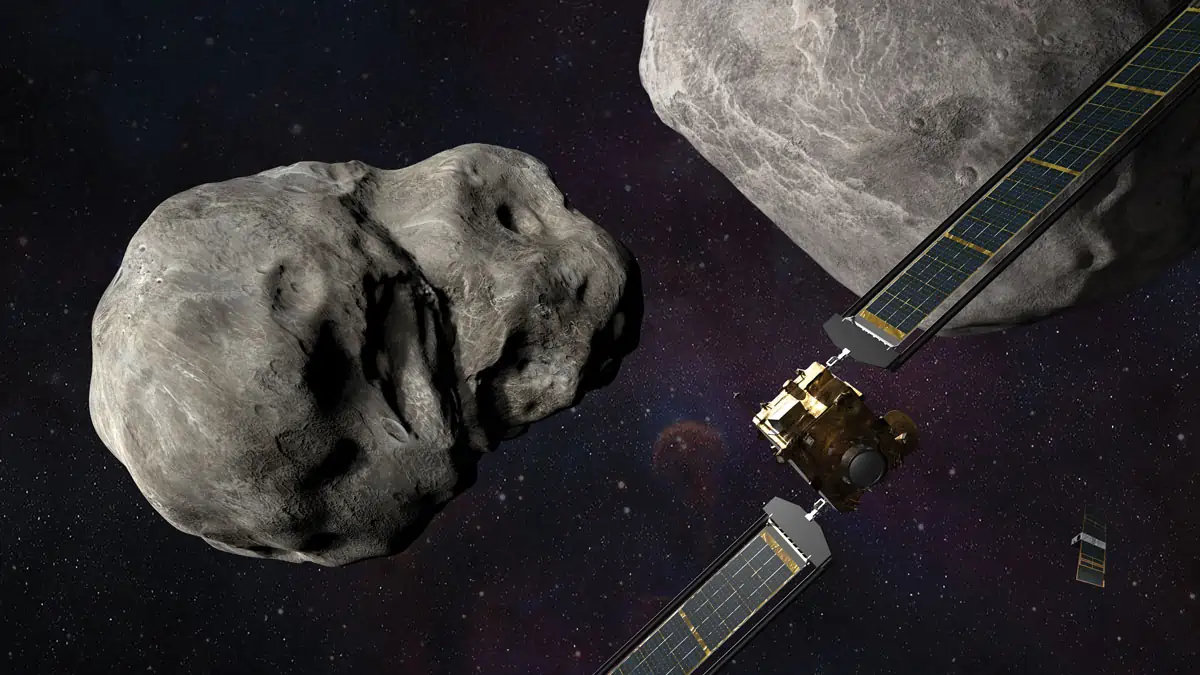Researchers develop revolutionary quantum sensors to detect magnetic fields on a planetary scale

Planets and stars exhibit magnetic fields that extend from the Sun to the far reaches of our solar system. In the past, it was challenging to measure planetary magnetic fields due to the limitations of traditional magnetometers, which were often too large, required frequent calibration, and lacked the sensitivity needed for detecting weak or complex magnetic signals. Advances in quantum sensors, like SiCMag, are likely to revolutionize this, potentially transforming our understanding of the phenomenon.
Magnetic fields are omnipresent, originating from various celestial sources, including the Sun, planets, and moons. These fields are carried through space by solar wind and interact with planetary environments. Traditionally, magnetometers have been employed on spacecraft to measure these fields. They offer insights into planetary interiors, helping us understand their composition, structure, and potential for habitability. However, conventional magnetometers, such as fluxgates, have limitations due to their size, weight, and need for frequent calibration, making them more time-consuming and resource-intensive.
In this context, NASA’s Jet Propulsion Laboratory (JPL) and Glenn Research Center have achieved a breakthrough by developing the silicon carbide magnetometer, known as SiCMag. This technology is a remarkable progress in measuring magnetic fields in space because it enables unprecedented sensitivity through the use of quantum centers embedded in a silicon carbide semiconductor, allowing for highly accurate and detailed detection of magnetic fields.
The SiCMag operates by monitoring changes in electrical current through a silicon carbide sensor, which houses quantum centers. These centers create a magnetoresistance signal responsive to external magnetic fields. Unlike traditional fluxgate magnetometers, SiCMag does not require heavy equipment or extensive calibration procedures. Its compact size, measuring just 0.1 x 0.1 mm, allows for the deployment of numerous sensors on a single spacecraft. This enhances both measurement accuracy and spatial resolution.
SiCMag’s small form factor and low power consumption make it ideal for small platforms like CubeSats. These small satellites can now be deployed in constellations to perform simultaneous spatial and temporal measurements of magnetic fields. This capability is crucial for mapping planetary magnetic fields and monitoring space weather. CubeSats equipped with SiCMag could perform detailed magnetic field mapping on the Moon and Mars. This would provide insights into crustal magnetization and planetary magnetic history.
SiCMag’s strength is also highly significant. Its silicon carbide material can withstand extreme temperatures and harsh radiation environments. This makes it suitable for long-duration missions to distant planets or even the outer edges of the solar system. This durability ensures that SiCMag can operate effectively in environments where traditional magnetometers might fail.
The SiCMag sensor has a distinct advantage over conventional magnetometers. Its absolute zero-field sensing capability allows it to detect extremely weak magnetic fields, which many traditional sensors cannot measure. This feature is important for missions exploring remote or less magnetically active regions of space. Moreover, SiCMag’s ability to self-calibrate is a remarkable advantage in the challenging conditions of space. It utilizes a spectroscopic calibration technique that relies on the stable magnetic resonance of electrons in quantum centers. This approach ensures accurate and reliable measurements over extended periods.
Dr. Andreas Gottscholl of JPL notes that advancements in SiCMag and its optical counterpart, OPuS-MAGNM, are complementary. “SiCMag and OPuS-MAGNM are very similar, actually. Progress in one sensor system translates directly into benefits for the other,” Gottscholl said.

While OPuS-MAGNM promises lower noise characteristics, SiCMag’s simplicity and robustness make it suitable for a range of applications, according to Gottscholl. The development of both technologies simultaneously enhances our understanding of magnetometry and expands their potential uses.
The history of planetary magnetic field observations dates back to the early 17th century with William Gilbert’s work on Earth’s magnetism. However, it was not until the mid-20th century that magnetic fields of other planets were detected. Initial observations of planetary magnetic fields came from indirect measurements of radio emissions, particularly from Jupiter. Subsequent spacecraft missions provided direct measurements, which revealed the magnetic fields of various planets and moons.
Magnetic fields are fundamental for understanding planetary interiors and their dynamo processes. For example, Earth and Mercury have intrinsic magnetic fields generated by liquid metallic cores. In contrast, planets like Venus and Mars lack global magnetic fields, indicating the absence of active dynamos. However, localized magnetic fields on bodies like the Moon and Mars suggest past dynamo activity and provide clues about their internal structures.
Innovative models and observations of planetary magnetic fields help us understand the interactions between planetary fields and solar wind. The Earth’s magnetic field, for instance, interacts with charged particles from the solar wind to create the Van Allen belts. These belts consist of trapped radiation and play a significant role in space weather phenomena.
The SiCMag’s ability to operate in extreme environments and its zero-field sensing capability open new possibilities for exploring magnetic fields across the solar system. By deploying constellations of CubeSats equipped with SiCMag sensors, scientists can achieve unprecedented spatial and temporal resolution in magnetic field measurements. Indeed, this technological advancement is important because it will help us understand planetary processes, contribute to space weather monitoring, and potentially uncover new insights into the habitability of distant worlds.


